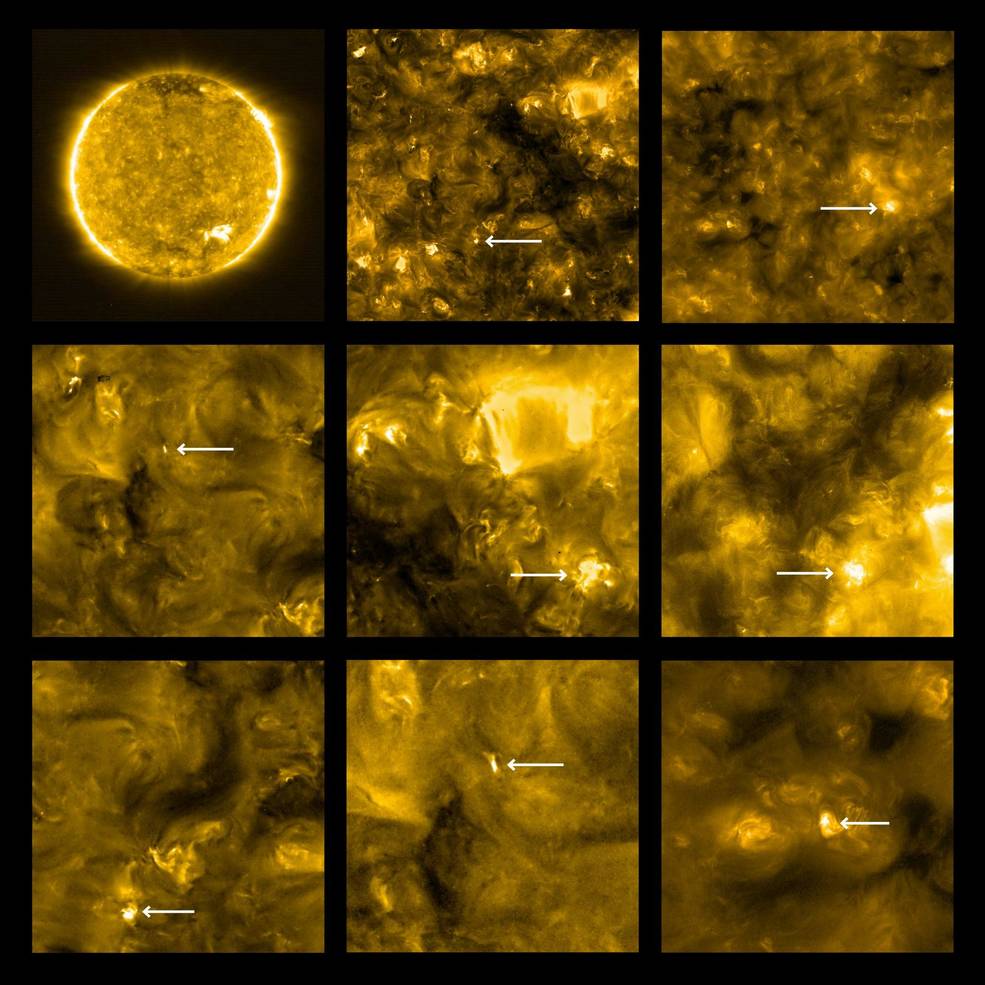High Resolution Imaging of Exoplanets Using the Sun as a Lens
We will be able to take megapixel images of exoplanets by putting telescopes in zones that are 600 to 2000 times the distance of the Earth to the Sun. Getting to 600 times as far away from the Sun we can observe exoplanets in other solar systems when we go the exact opposite direction. We …











